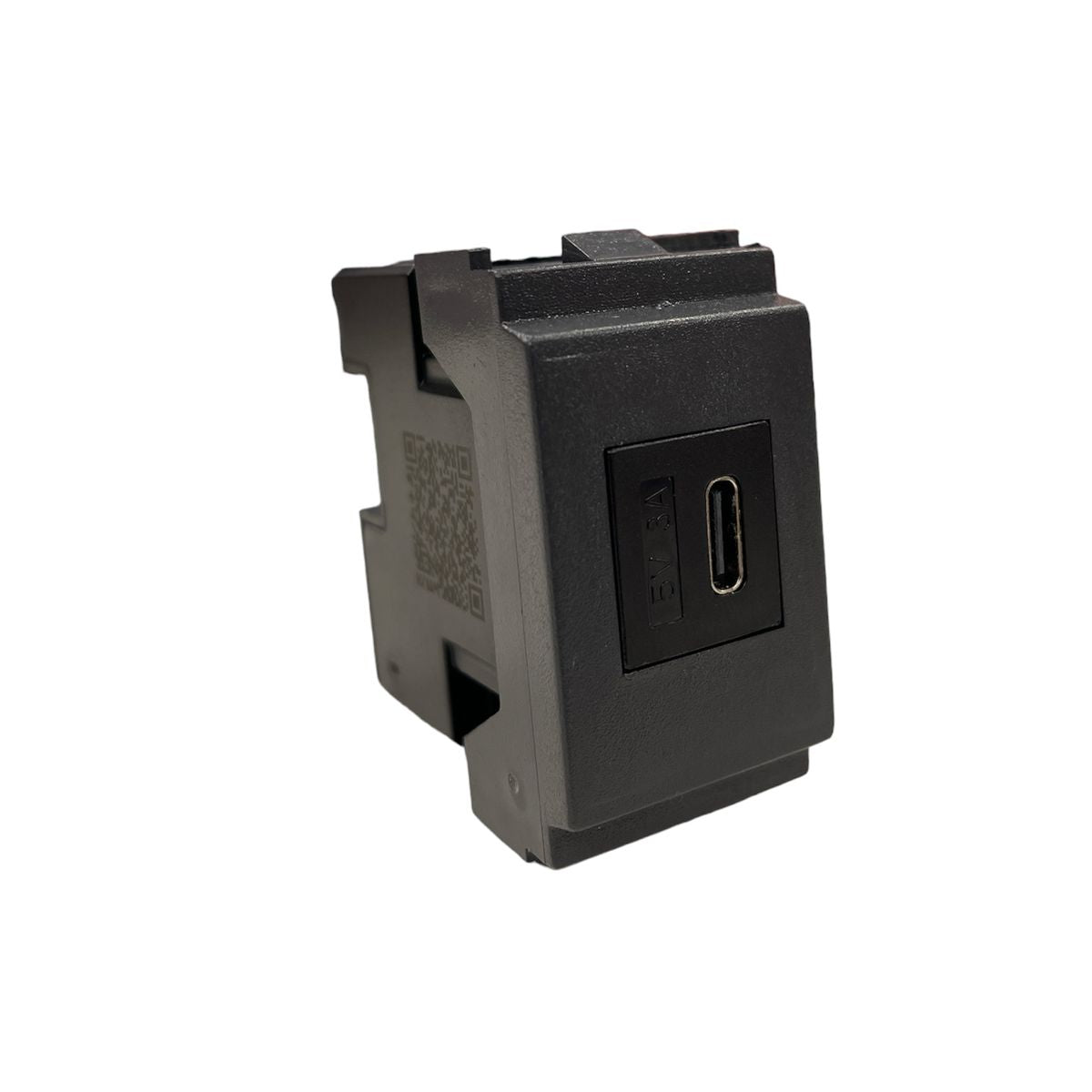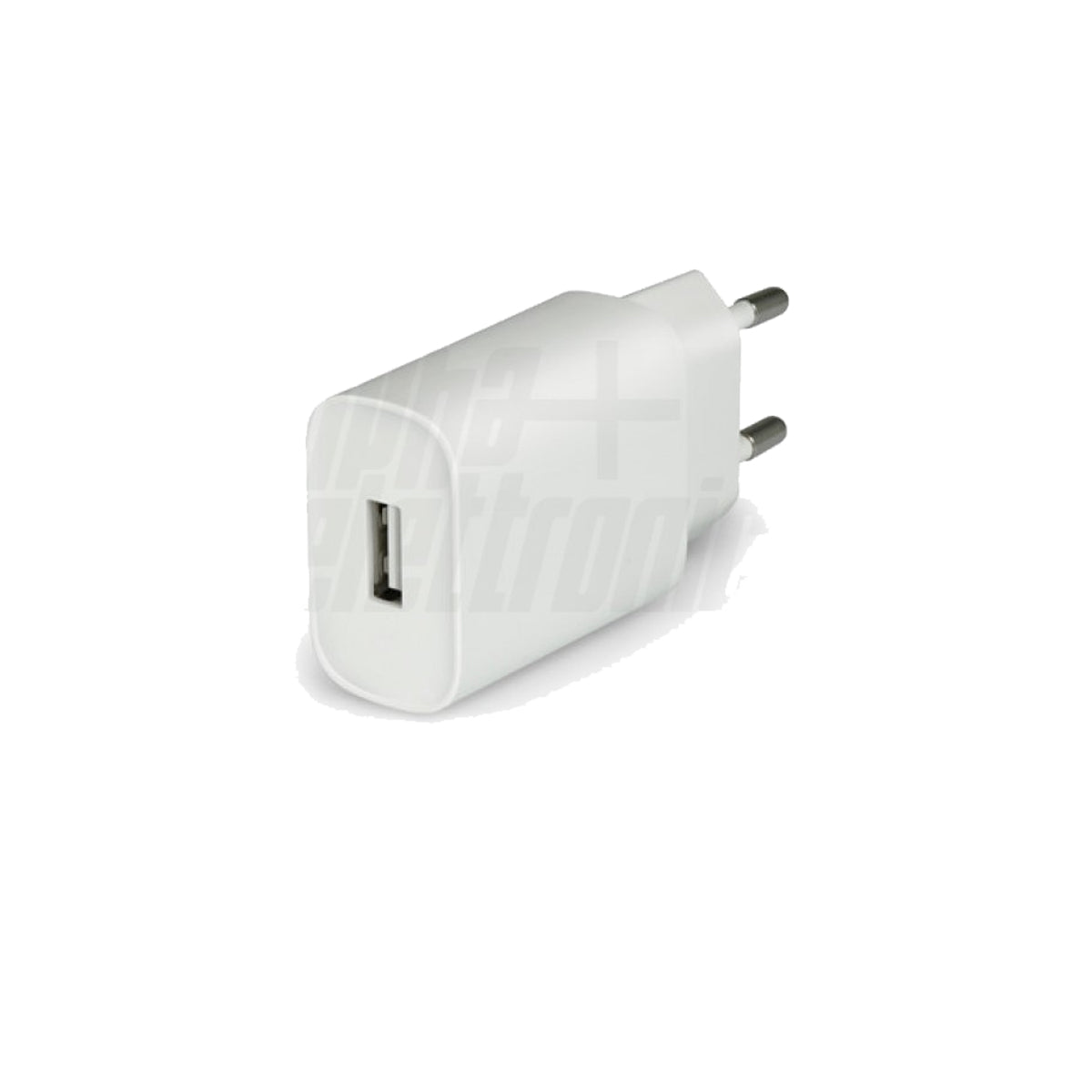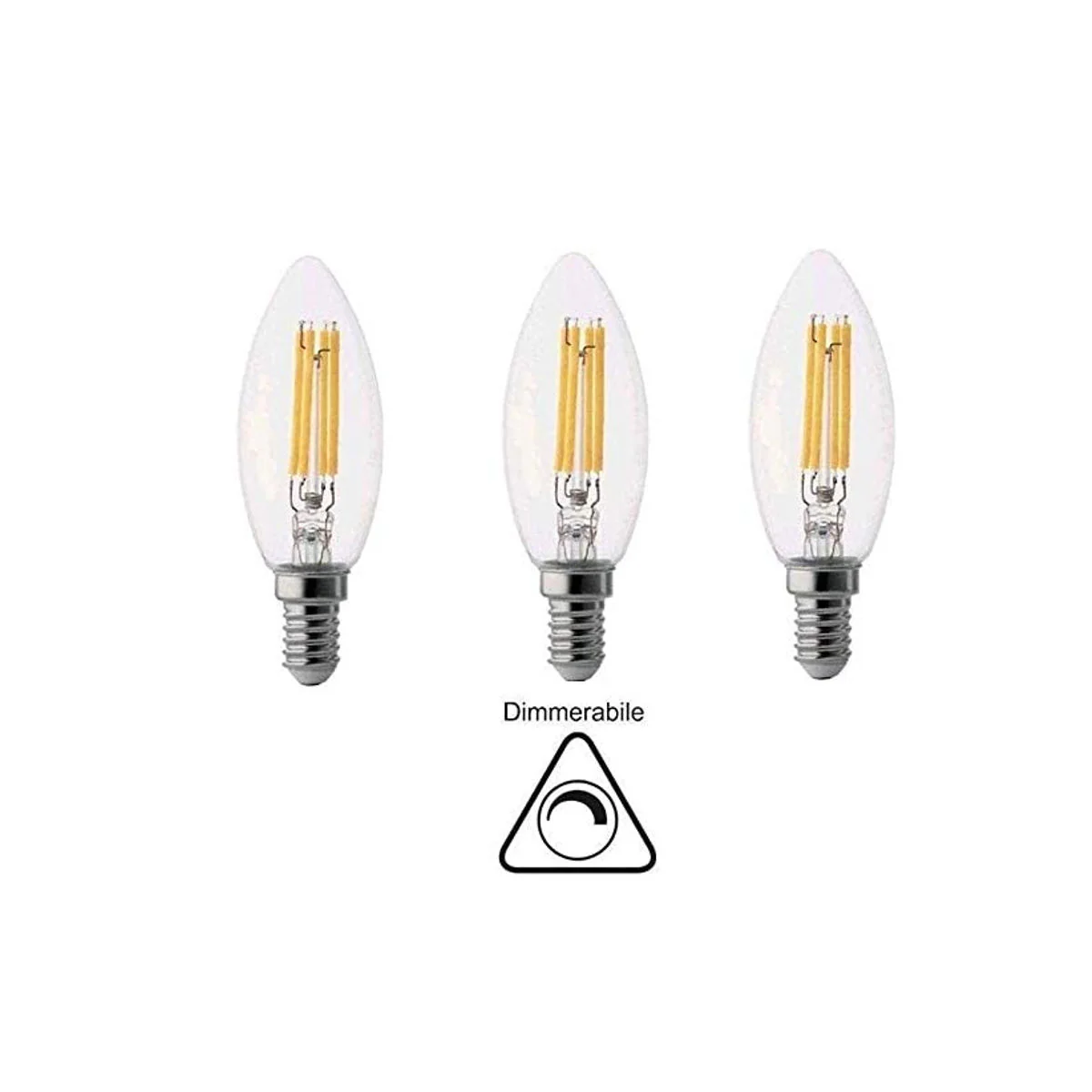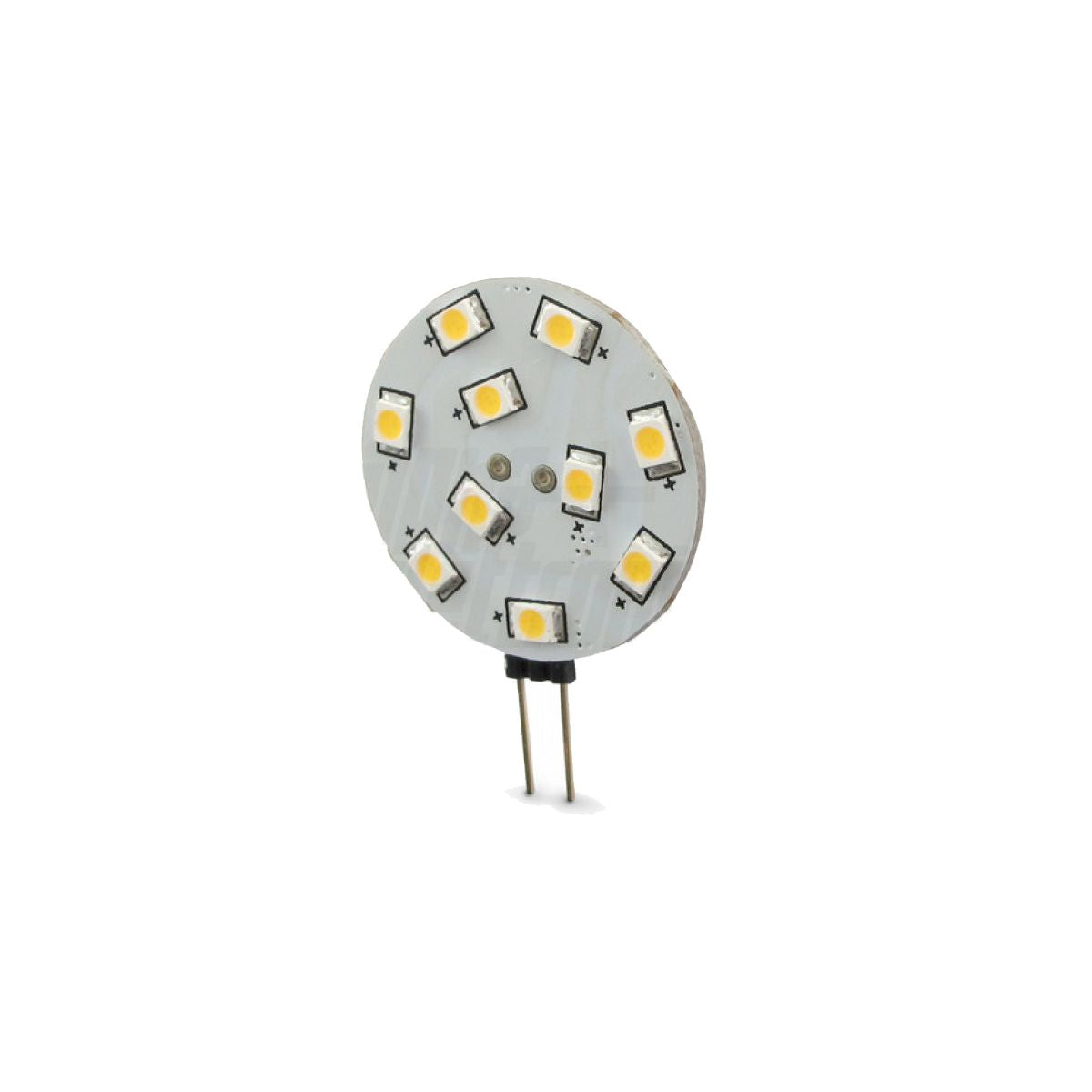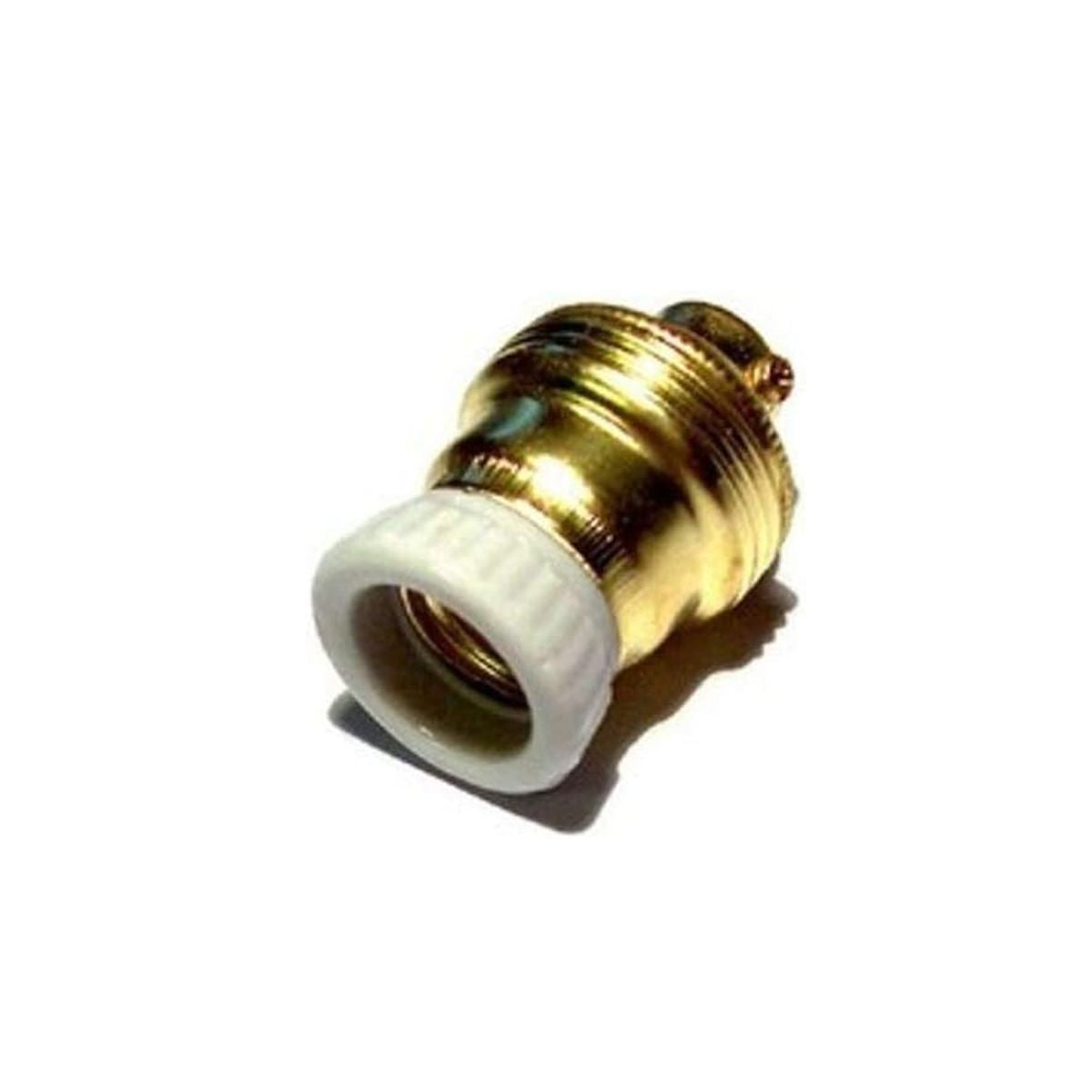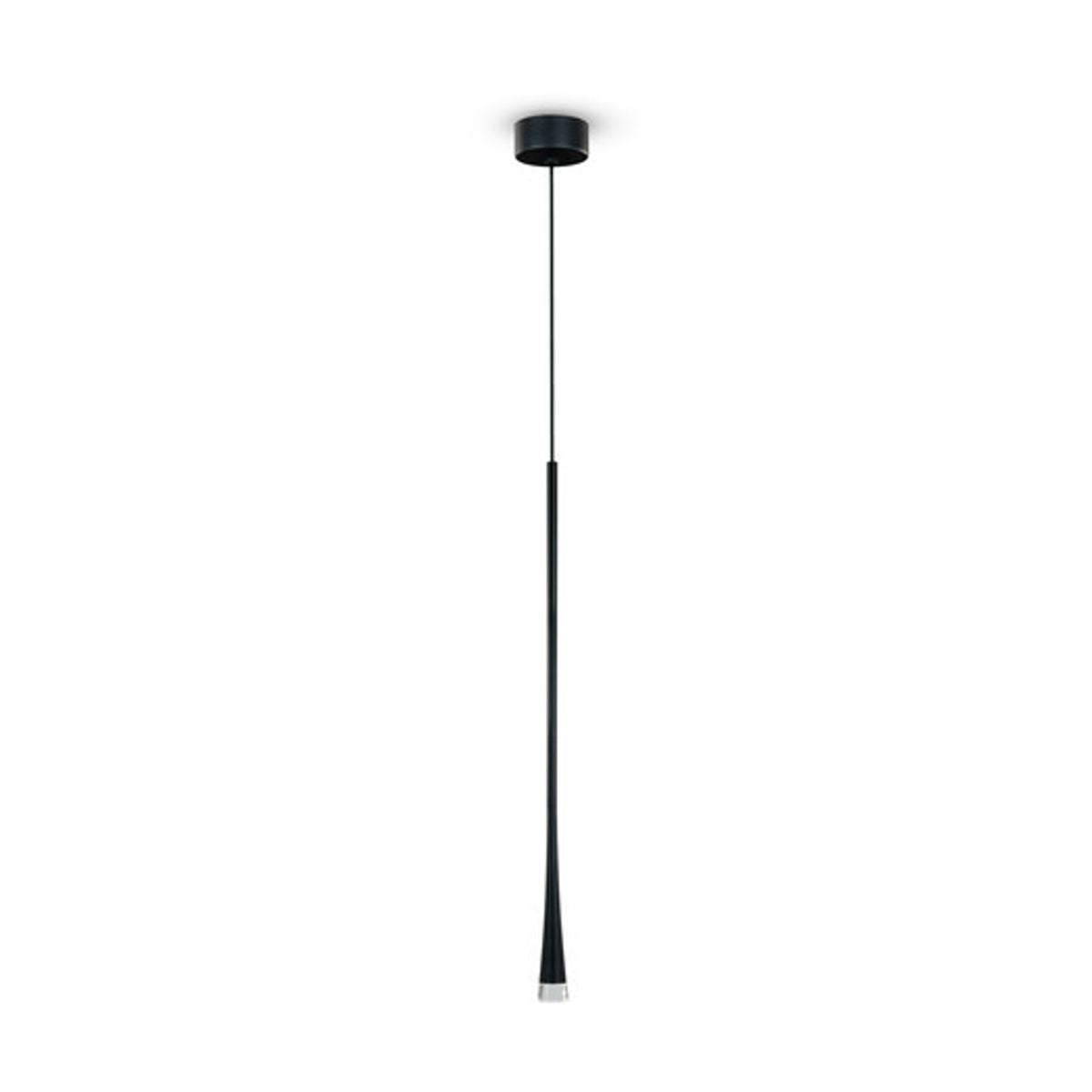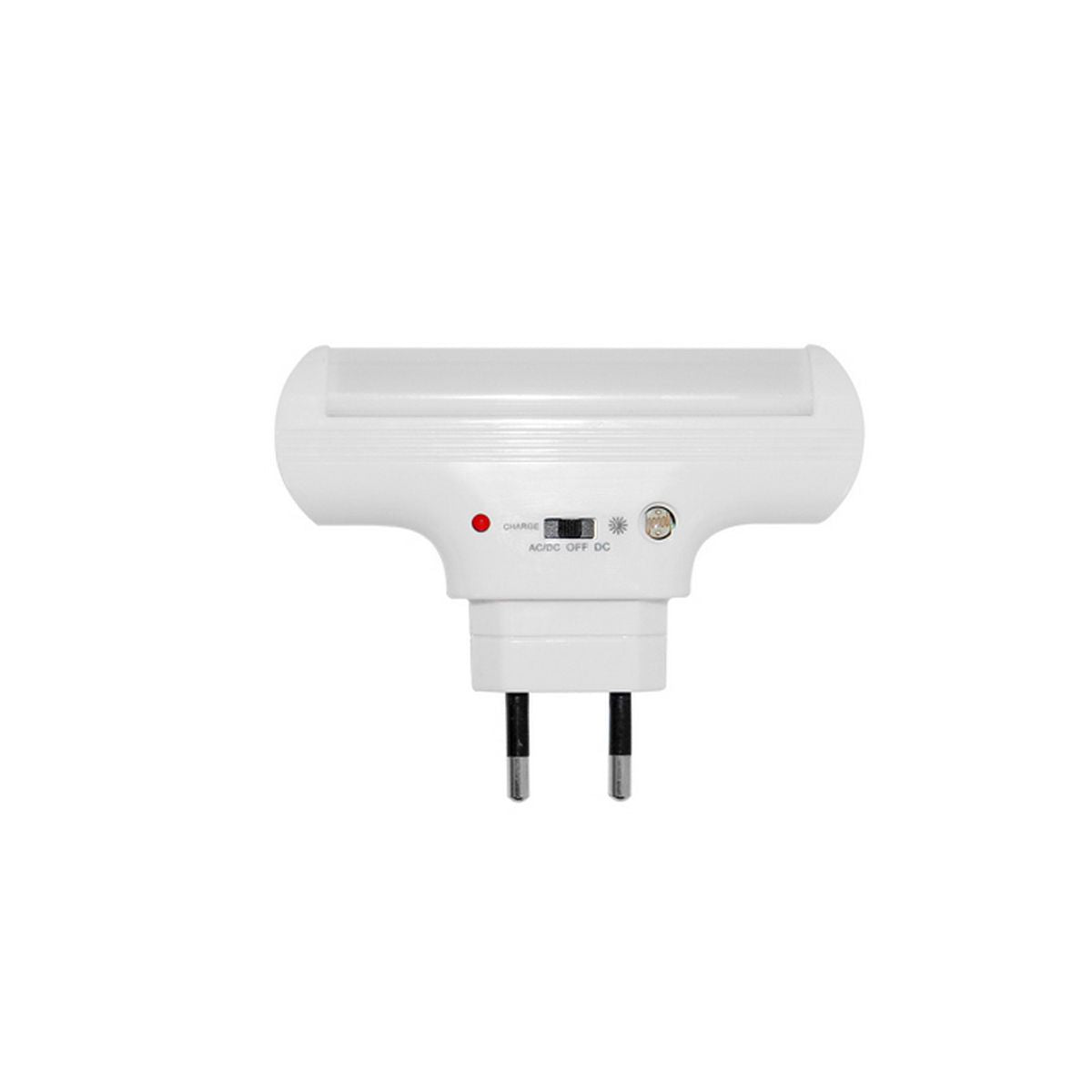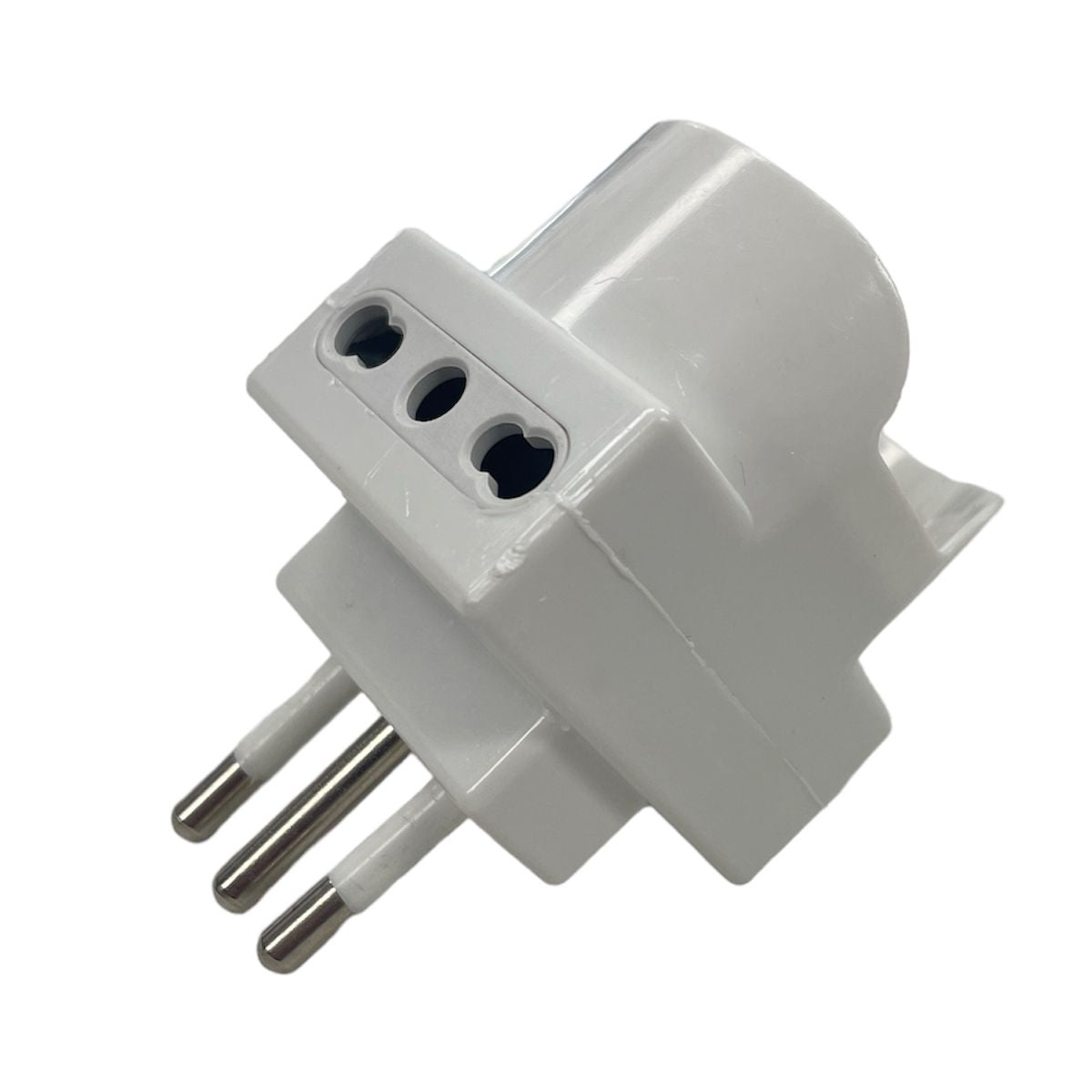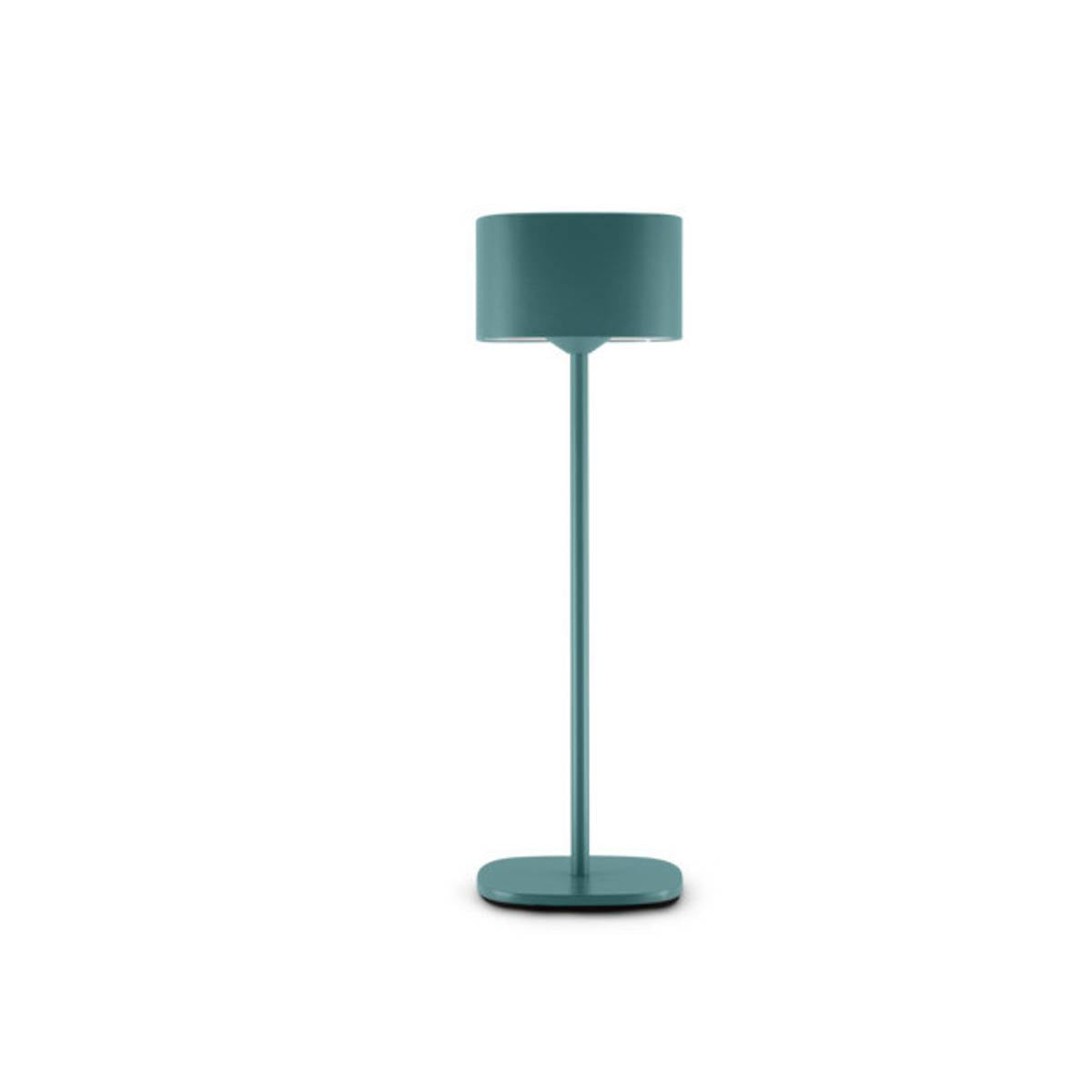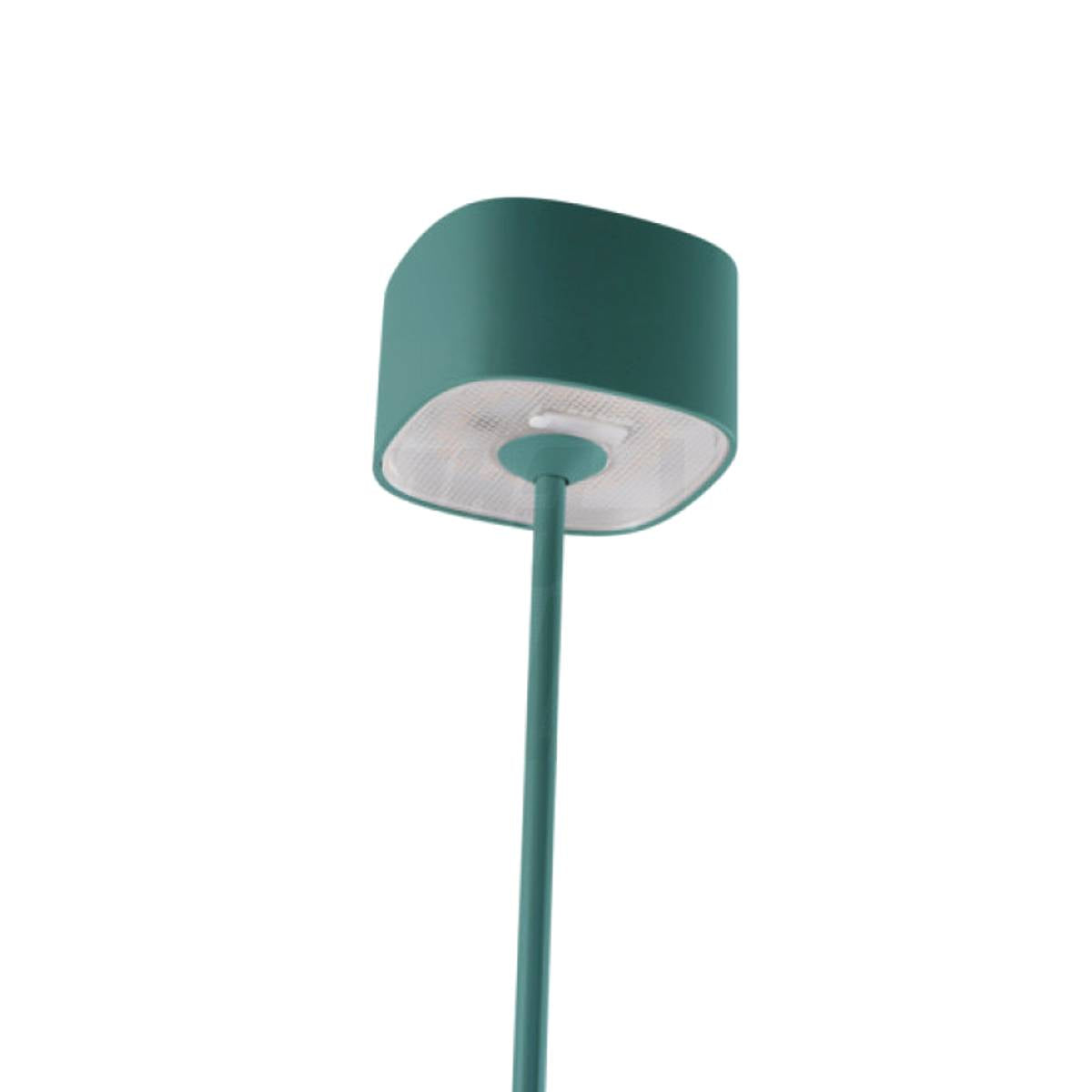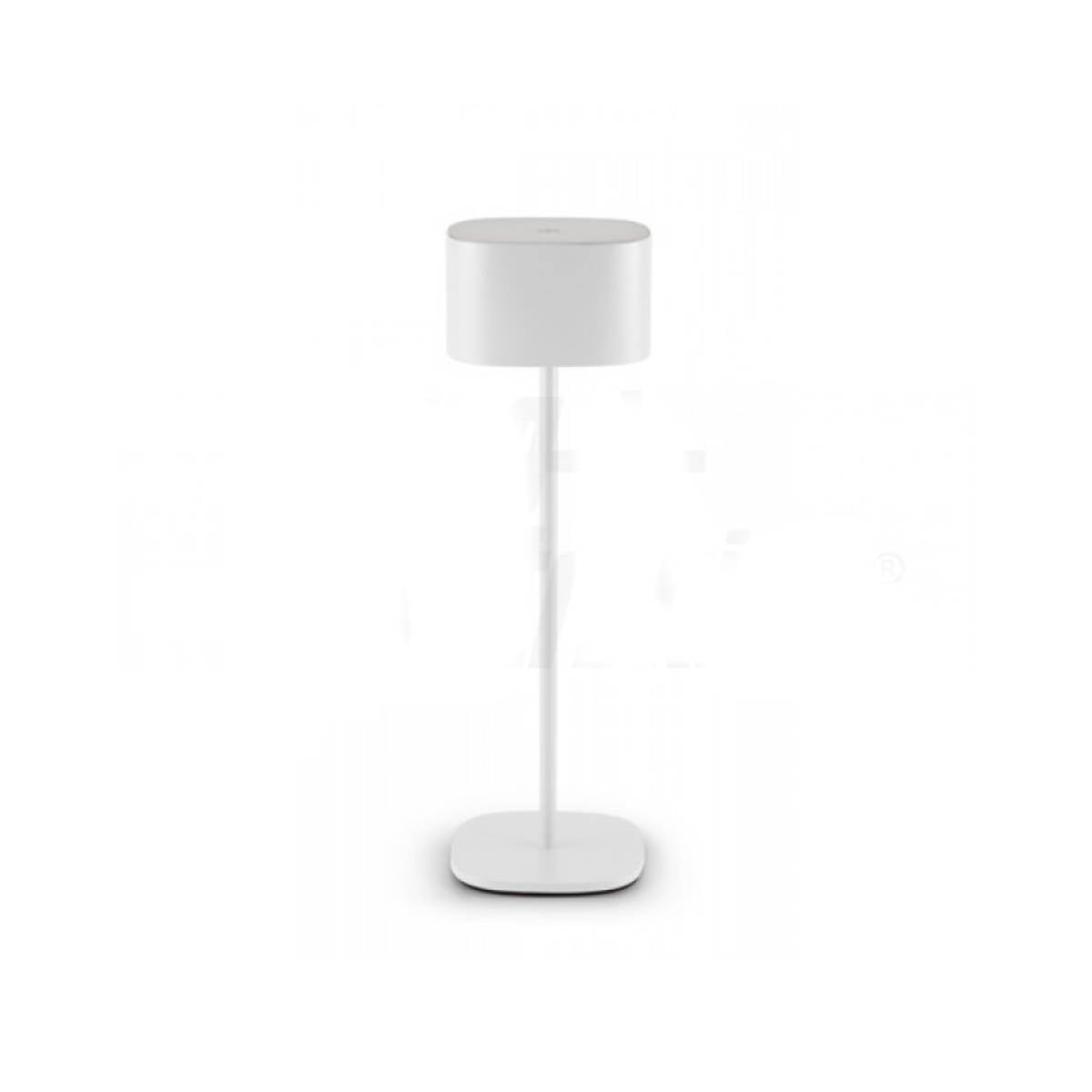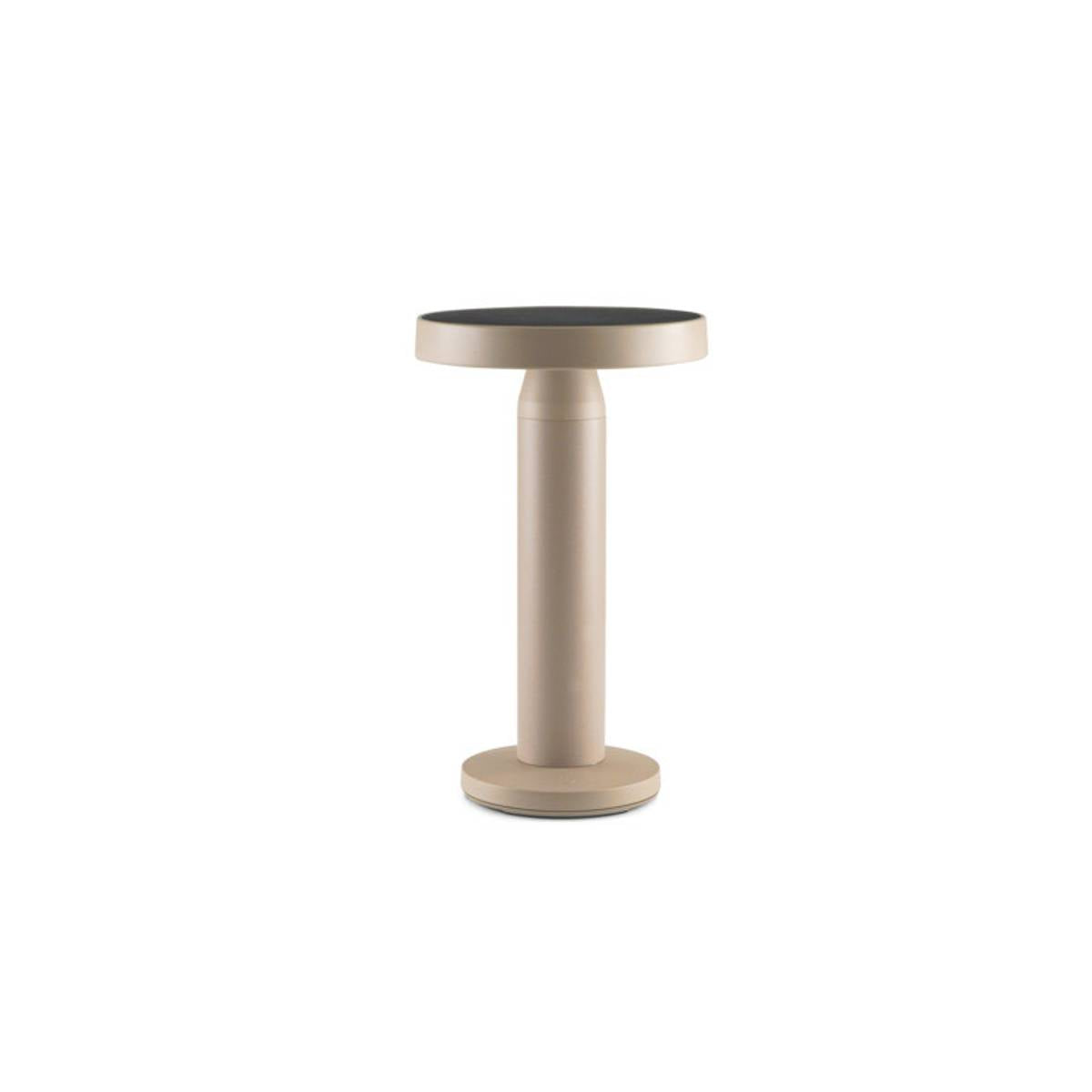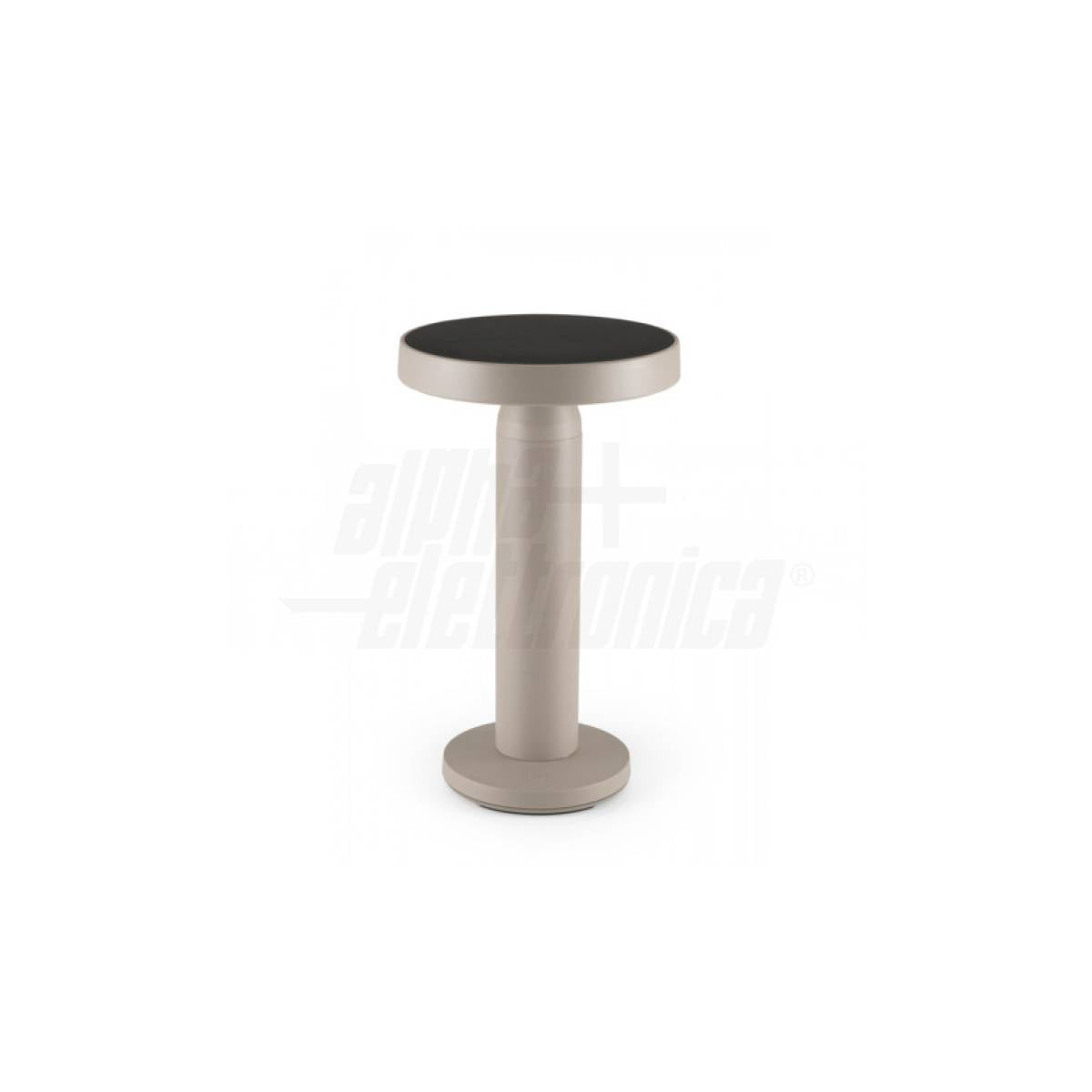Raise your hand if you do not leave your mobile phone charger plugged into the socket or the TV every day rather than the microwave on standby . We can't see them but probably very few hands are raised ...
Unfortunately, this is a very widespread and difficult habit to abandon, but which has important repercussions both on the bill and in terms of energy waste and environmental impact . The consumption of household appliances in stand-by, in fact, has a significant impact on users and also on the environment.
If anyone had any doubts, when we talk about appliances on stand-by we refer to all those "red lights" that remain on, even though they are not in operation. The most common are the microwave oven, television, cordless phone, computer, game console, home printer, and so on.

Consumption in numbers
Various statistical analyzes show that 8% of the cost of a bill derives from the consumption of household appliances on stand by. There is talk of a waste, on a global level, equal to about 60 billion euros and according to estimates, by 2030, 15% of electricity consumption in Europe will be caused precisely by the stand by of electronic devices (due to the increasing presence of household appliances in the house).
As mentioned, this waste does not only concern the economic part but also the environmental damage, relating to all the CO2 emitted to produce energy which, in fact, is not used.
On average, the average consumption of a user corresponds to about 2400 kWh / year. Out of this total, the consumption of household appliances left on stand-by or always on is equal to 600 kWh / year. We are talking about 25% of total consumption.
The appliances that "weigh" the most
Of this 25%, an important part (about 4%) is consumed by the modem or wi-fi router which always remains in operation, while a television switched on for three hours a day and left on standby for the remaining 21 hours consumes about 40% of the energy required for its operation.
To understand the importance of these figures, just think that the refrigerator (which obviously always remains in operation, except in exceptional cases) covers about 15% of annual consumption. This means that the consumption of the refrigerator, annually, is lower than all the red lights that we leave on.
These are very important estimates but, with some expedients that we can all adopt, it is possible to contain consumption in such a way as to "lighten" the bill and be sustainable.
Here are some tips that may come in handy:
- remember to unplug the mobile phone charger from the socket,
- do not use the stand by function for all those devices that you do not use during the day: TV, printers, computers, cordless phones, etc.
- if you are around all day for work (or for any other reason) remember to unplug the modem (if you are at home, the Internet is not needed!).
Of course, unplugging all the sockets at home every day is not a pleasant operation, but you just need to equip yourself with multiple sockets with the switch and that's it.
These are some small measures that will allow you to save on your bills and help the planet.































